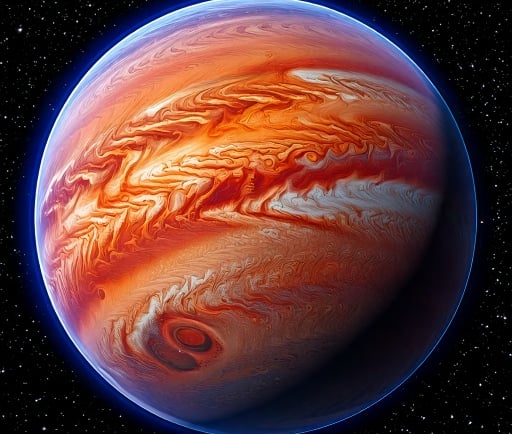HAT P-63b: The Coral Gas Giant


The Hat P-63b
Located an astonishing distance of 14,622 light years from Earth, Hat P-63b is a remarkable gas giant situated in the Sagittarius constellation. This fascinating exoplanet offers a unique perspective on the diversity of planetary systems beyond our own. As astronomers continue to explore the cosmos, Hat P-63b emerges as a significant point of interest due to its intriguing characteristics and orbital dynamics.
The Orbital Dynamics of Hat P-63b
One of the most captivating features of Hat P-63b is its orbital period, which spans approximately 3.3777 days. This relatively short orbital cycle positions Hat P-63b in a swift and engaging evolutionary trajectory as it travels around its host star. The anticipated next transit of this gas giant is scheduled for April 21, 2025, at 4:54 PM, marking an important date for astronomers and space enthusiasts alike. Observing this event can potentially reveal new insights into the atmosphere and composition of Hat P-63b.
The Significance of Hat P-63b in Astronomical Studies
Hat P-63b plays a crucial role in the study of gas giants and their formation mechanisms. Understanding such planets helps astronomers to refine models of planetary development and aids in the search for habitable zones around other stars. Gas giants like Hat P-63b can significantly influence the dynamics of their respective solar systems and offer vital clues about the potential for life in distant worlds.
In summary, Hat P-63b is more than just a distant planet; it is a beacon of scientific inquiry into the vastness of the universe. With its notable distance from Earth and impeccable orbital period, this gas giant continues to capture the attention of both professional astronomers and amateur stargazers. As we anticipate its next transit in 2025, the astronomical community remains eager to uncover the mysteries this planet has to offer.
